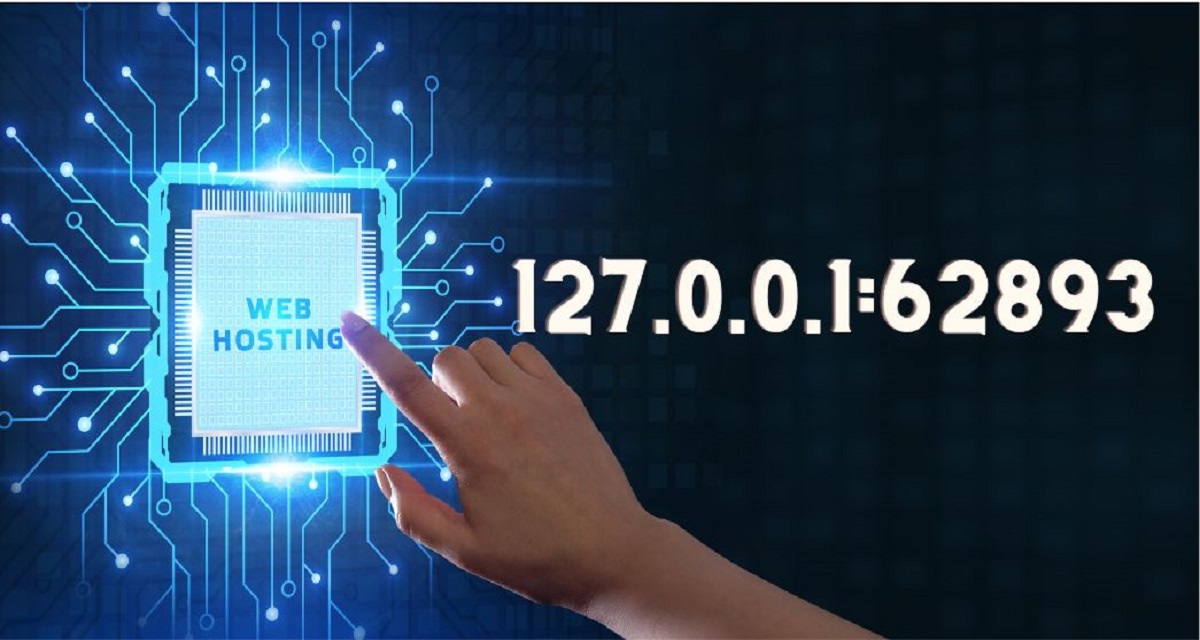127.0.0.1:62893 Explained: Features, Benefits, and Troubleshooting
Within the domain of computer networking the loopback address which is typically denoted by 127.0.0.1 is essential to the operation of programs and services. It offers an interface via which apps may speak with one another for testing debugging and service interaction when combined with a port number like 62893. This article will help you get the most out of this local address by delving into it operation examining its advantages and providing crucial troubleshooting advice.
What is 127.0.0.1?
The Loopback Address
Known as the loopback address 127.0.0.1 is the IP address that is used to relay data back to the original device. It’s a unique IP address that makes it possible for a device to communicate internally without connecting to a network. Developers and system administrators are the main users of this address for testing software network setups and server interactions among other things.
Port Numbers Explained
A port number is the number that appears after the colon in an IP address in this example 62893 numerous apps can operate concurrently and exchange data over a single IP address thanks to port numbers different services or apps operating on the same device can be identified by their respective port which act as distinct endpoints for data transfer.
The Significance of 127.0.0.1:62893
In essence, you are speaking with a particular program or service that is listening on port 62893 on your local computer when you access 127.0.0.1:62893. Because it enables developers to imitate real world networking condition without having to leave their surrounding this arrangement is frequently used for testing and development.
Functionality of 127.0.0.1:62893
Testing and Development
Testing is one of the main purposes of 127.0.0.1:62893. Using this loopback address developers may access servers or apps that they are running locally on their computers. This technique is very useful for:
Debugging Applications: It is simpler to find problems when developers can run their apps in a controlled environment and have immediate access to logs and output.
Simulating Network situations: To make sure their apps function as intended developers may use this local address to simulate a variety of network situations, including latency and connection problem.
Localhost Services
Numerous services operate on designated ports that are reachable through the loopback address. For example:
Web Servers: Web application testing may be done on port 62893 by local development servers such as Apache or Nginx.
Database Management: Local access for development can be made possible by configuring databases such as MySQL or MongoDB to listen on particular port.
It is more secure to use 127.0.0.1:62893 when developing this address reduces the possibility of exposing development or testing environments to outside threats because it can only be accessed from the local system. Sensitive information and functionalities are protected during testing thanks to this isolation.
Advantages of Using 127.0.0.1:62893
Speed and Efficiency
It is usually faster to access services via the loopback address than to communicate over a network. Response times are accelerated since there is less latency because data does not need to travel over external network. When operating several services or apps that must communicate with one another this efficiency is quite helpful.
Simplified Troubleshooting
Using 127.0.0.1:62893 makes troubleshooting easier when problems occur. Without having to deal with the extra complexity of setting up an external network developers may easily identify issues inside their apps. They may expedite the debugging process by keeping an eye on logs testing setups and making changes in real time.
No Internet Connection Required
The fact that utilizing the loopback address does require an active internet connection is another important benefit for developers operating in settings with inconsistent or restricted internet connection this feature is especially helpful. Without any pauses they may go on creating and testing apps.
Essential Troubleshooting Tips
Although 127.0.0.1:62893 is usually easy to use, problems might occur. Here are some crucial troubleshooting pointers to assist you in solving typical issues.
1. Check Service Status
Make sure that port 62893 is open and that the service you are attempting to access is operating. Commands such as netstat and lsof can be used to determine which services are executing on particular port.
bash
Copy code
netstat -an | grep 62893
2. Firewall Settings
Sometimes, firewall setups will block access to specific port. Make sure that port 62893 may be accessed by connection through your local firewall. To see if temporarily disabling the firewall fixes the problem do not forget to activate it again afterwards.
3. Verify Application Configuration
Verify the configuration files of the program or service you are attempting to use twice make sure it is configured to receive at 127.0.0.1:62893. Misconfiguration are frequently the cause of issues.
4. Use Correct Protocols
Make sure that when you visit the service you are using the appropriate protocol (HTTP, HTTPS, etc.). For example make sure you are using the correct URL format when attempting to access a web service:
arduino
Copy code
http://127.0.0.1:62893
5. Restart Services
If you encounter issues, try restarting the application or service. This action can help clear any temporary glitches and reinitialize the service properly.
6. Check Application Logs
Examine the application logs for any error messages or caution that can shed light on the nature of the issue logs frequently provide important information that help diagnose problem.
7. Port Conflicts
Verify that port 62893 is not being used by any other services adjust the port number in the application setup and try again if there is a dispute.
Conclusion
System administrators and developers that interact with local application and services must comprehend 127.0.0.1:62893. Its features make testing and development more effective, and its built-in benefits such as speed and security make it an invaluable addition to any developer’s toolbox. The preceding troubleshooting advice can help you deal with frequent problem and make sure that development goes smoothly. Gaining an understanding of these fundamental ideas will enable you to develop and test apps with more assurance and skill as technology advances.
Share this content:














Post Comment